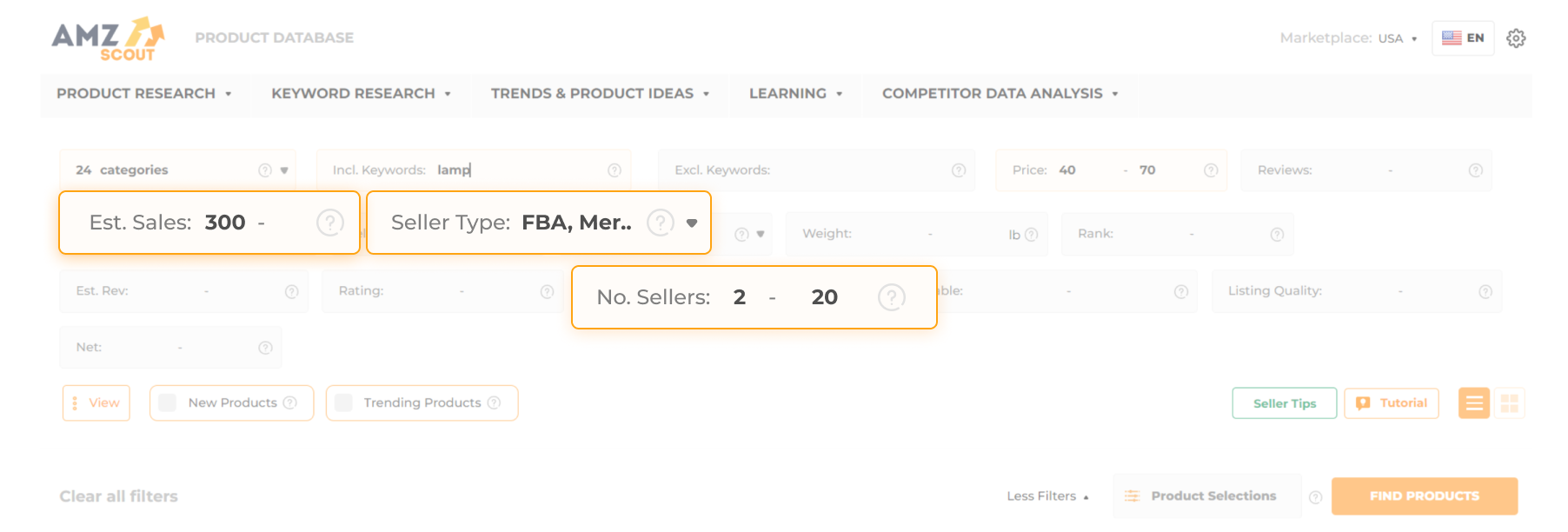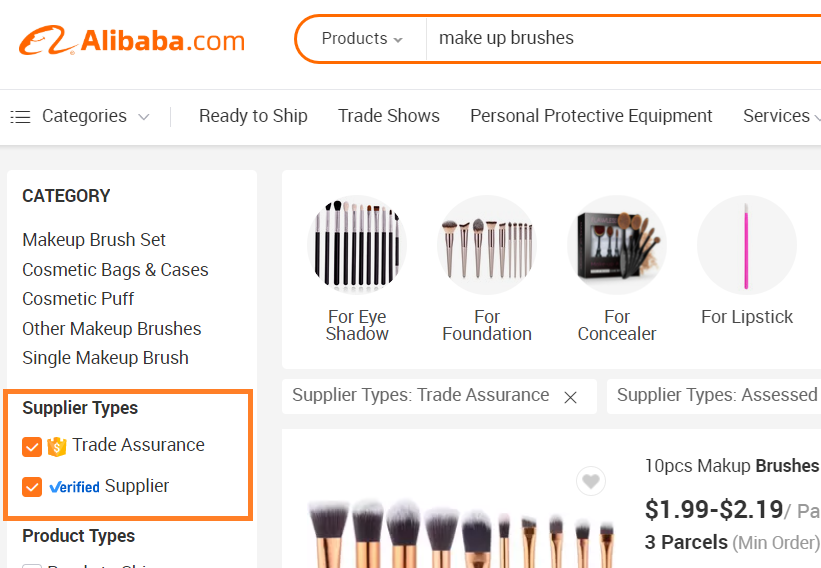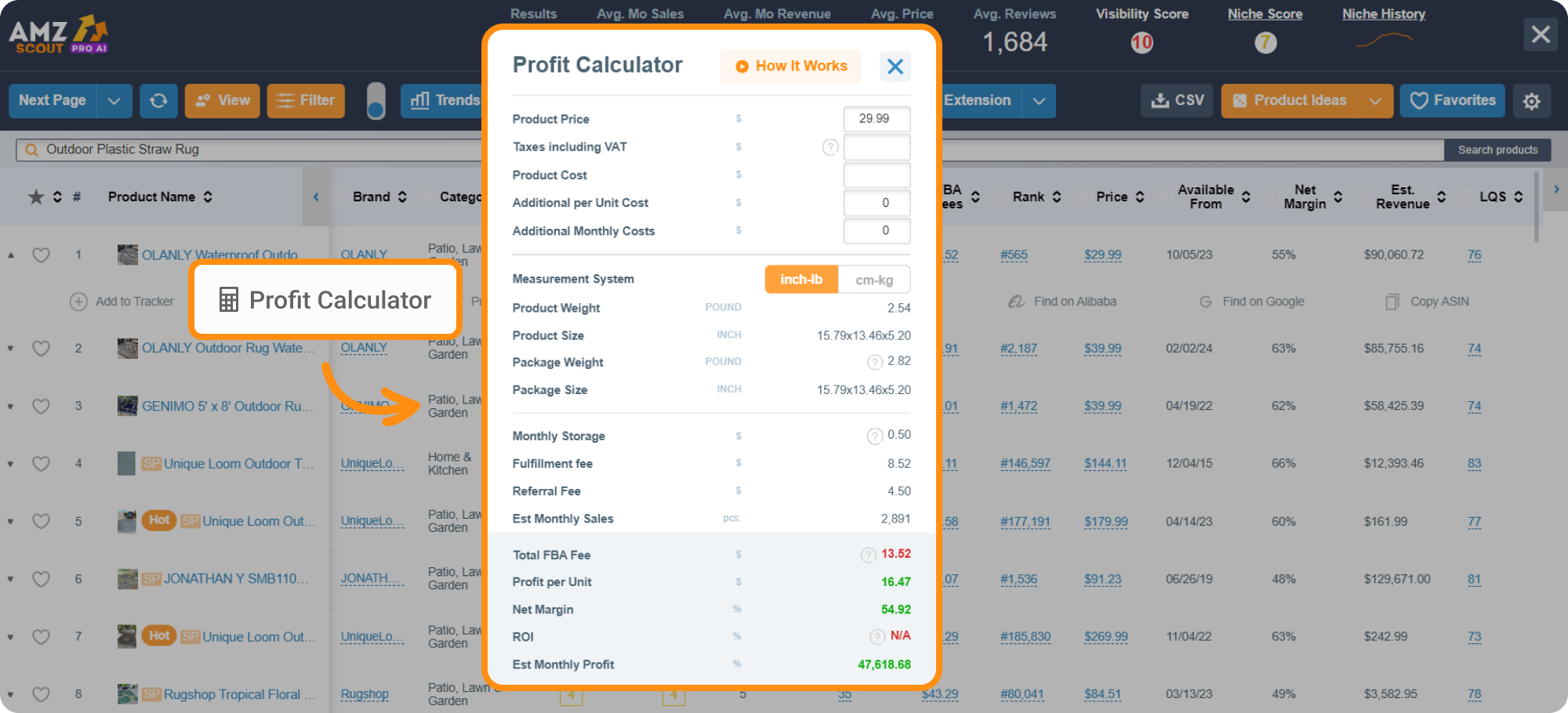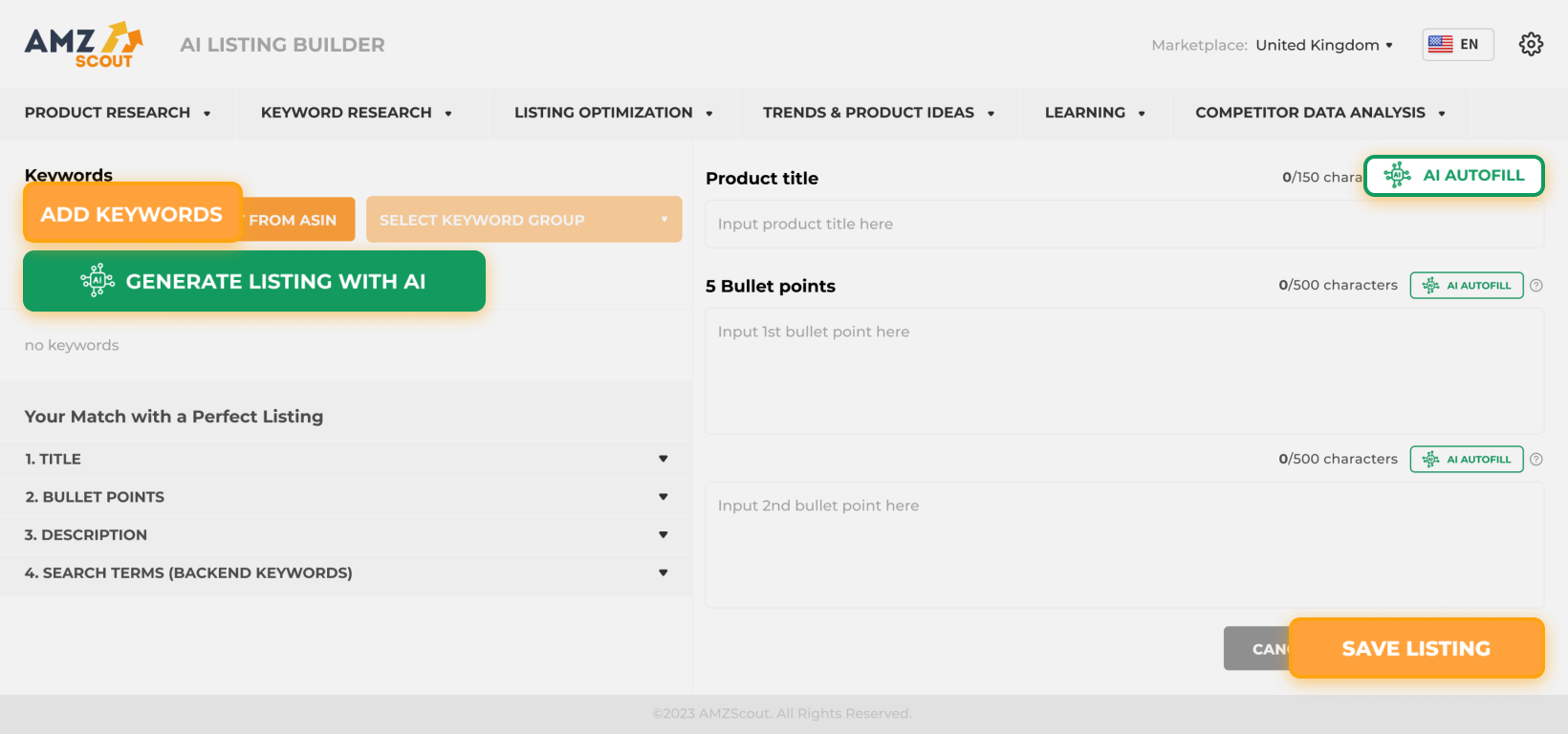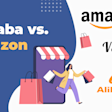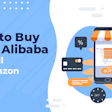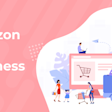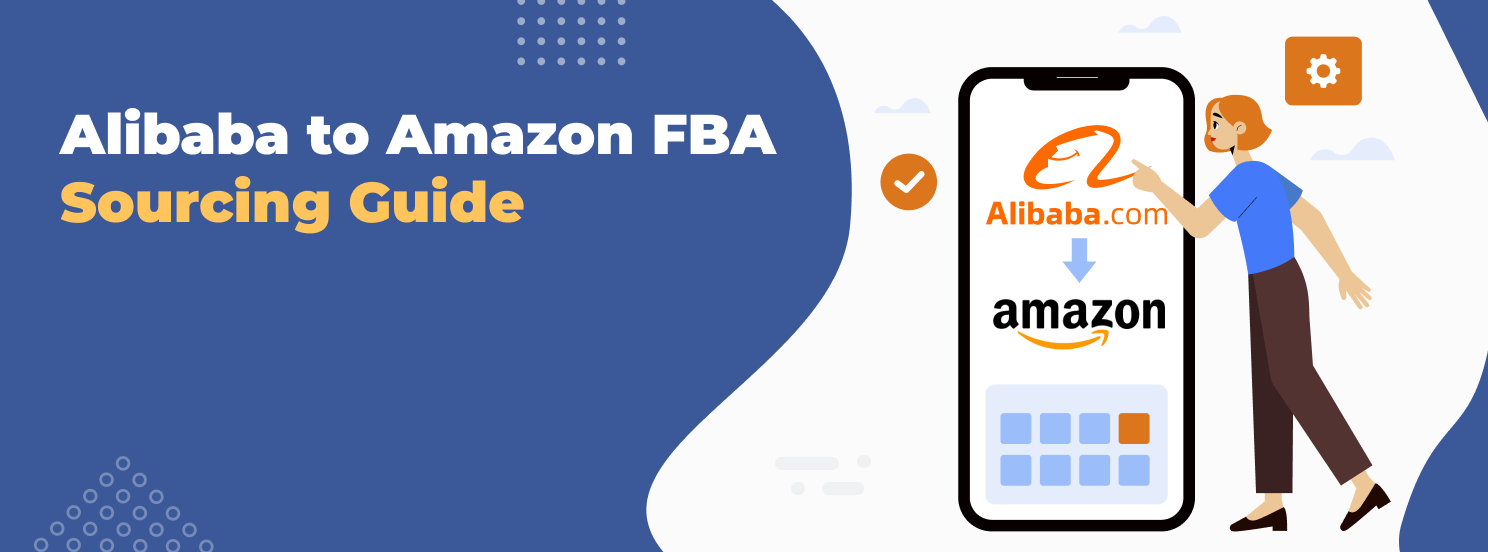
Step-by-Step Guide to Sourcing from Alibaba to Amazon FBA
Are you thinking about turning a great product idea into real profits on Amazon? You’re not alone—and sourcing from Alibaba to Amazon FBA has become one of the most popular ways to do so. In this complete 2025 sourcing guide, we’ll walk you through every step, from finding profitable items to sell and choosing safe and authorized suppliers on Alibaba.com to understanding how to ship your products directly to Amazon’s warehouses.
So, let’s explore how to do Amazon FBA with Alibaba properly.
Table of contents
- Step 1: Understand the Alibaba-to-Amazon FBA Business Model
- Step 2: Find Profitable Products for Your Alibaba-to-Amazon FBA Store
- Step 3. Select Verified Suppliers on Alibaba to Minimize Risks
- Step 4: Calculate All Costs Before Placing Your First Order
- Step 5: Place a Small Test Order to Validate Your Product
- Step 6: Get Your Products From Alibaba to Amazon the Right Way
- Step 7: Create an Amazon Listing That Ranks and Converts
- Step 8: Grow Strategically by Balancing Profit and Expansion
- Pro Tips for Smarter Alibaba-to-Amazon FBA Operations
- FAQs
Step 1: Understand the Alibaba-to-Amazon FBA Business Model
The Alibaba to Amazon FBA model refers to a step-by-step sourcing strategy where sellers buy products from suppliers on Alibaba.com (often at wholesale prices) and ship them directly to Amazon’s fulfillment centers. From there, Amazon handles the rest, including storing inventory, packing orders, shipping to customers, managing returns, and even customer service.
This process is known as Fulfillment by Amazon (FBA), and it’s become one of the most efficient ways to run an online store without the need to handle any inventory on your own. If you're new to eCommerce, you may be wondering, “How does Alibaba work?” In short, Alibaba is a global platform where manufacturers and suppliers list products for bulk purchase, and it acts as a bridge that connects you with businesses that can produce and ship your goods affordably.
What makes this model especially appealing to new sellers is its low startup cost, potential for passive income, and ability to scale quickly. You can start with just a small batch of items, test the market, and grow your business as demand increases. Plus, Alibaba offers access to thousands of authorized suppliers and manufacturers, making it easy to buy products in bulk, customize them, and build your own profitable brand.
While Alibaba is best known for its vast network of Chinese suppliers, it's important to note that the platform also hosts manufacturers and wholesalers from around the world, including the United States. This global reach means you're not limited to sourcing from a single region. Instead, you can explore a diverse range of suppliers and choose the ones that align best with your business goals, whether you're optimizing for cost, shipping speed, quality, or overall financial efficiency.
Step 2: Find Profitable Products for Your Alibaba-to-Amazon FBA Store
The key to a successful Alibaba to Amazon FBA business is choosing the right product—and that starts with knowing what to look for. Ideal FBA products are small, lightweight, and non-seasonal, making them easier and cheaper to ship directly to Amazon’s warehouses.
You’ll also want to focus on items with strong and consistent demand, low to moderate competition, and solid profit margins. Before buying, it’s important to research how the product performs on Amazon, what customers are paying, and how crowded the market is.
One of the best tools to help you with your product research is the AMZScout Product Database. Here’s what you need to do:
Step 1: Open the Product Database, which is available with a free trial.
Step 2: Define your product criteria. You can filter by product weight, sales volume, price range, and more.
Step 3. Analyze the results. Pay close attention to profit margins to ensure that you’re selecting a product that not only sells but also delivers a sustainable profit.
Step 4: Scout potential suppliers on Alibaba. Click the “More Actions” dropdown below the product and select “Find on Alibaba.” AMZScout will forward you to the Alibaba site with verified suppliers offering that exact item or a close equivalent.
From there, you can filter by supplier rating, price, and minimum order quantity, and then compare reviews and reliability. Save the most promising suppliers to your “Favorites” list for easy access for when you’re ready to order. This method ensures that you’re not just choosing a product—you’re building a profitable strategy from day one.
Step 3. Select Verified Suppliers on Alibaba to Minimize Risks
Once you find a product worth selling, the next step is finding a reliable supplier on Alibaba.com. Choosing the right partner is crucial, especially when you're building a business that depends on product quality, timely shipping, and long-term scalability. A trustworthy supplier can make or break your entire strategy, especially when you're relying on them to ship directly to Amazon and meet FBA’s strict logistics requirements.
Here are the key criteria to look for when evaluating authorized suppliers on Alibaba:
Verified or Gold Supplier Status: These badges show that the supplier has been vetted by Alibaba, giving you extra confidence that you’re dealing with a legitimate and safe source for buying products.
Trade Assurance Coverage: This free protection service from Alibaba helps ensure that your order is delivered on time and meets agreed-upon quality standards—essential for managing shipping cost risks.
Three+ Years in Business: Established suppliers tend to be more reliable and experienced in handling orders for Amazon FBA.
High Response and On-Time Delivery Rates: These metrics reflect how quickly and reliably a supplier communicates and fulfills orders, which is critical when you need to ship items fast.
Positive Reviews and Ratings: Read what other buyers say about product quality, service, and delivery. Avoid suppliers with repeated complaints.
Acceptable MOQ (Minimum Order Quantity): If you're just starting out, look for suppliers with low MOQs, so you don’t need to buy products in bulk before testing demand.
Clear Communication & Willingness to Send Samples: A supplier who responds quickly, answers questions clearly, and agrees to send you samples shows professionalism and transparency—both of which are key when you're learning how to order safely and make money long-term.
This step-by-step approach will help you source profitable products while keeping your Amazon FBA account safe. Remember, the goal is to build a smooth Alibaba to Amazon FBA pipeline that delivers quality items, minimizes risk, and sets up your store for growth.
Step 4: Calculate All Costs Before Placing Your First Order
Before you place your first bulk order, it’s critical to understand exactly how much you’ll need to spend, and how much you’ll make. When sourcing products from Alibaba to Amazon FBA, your total cost includes more than just the product itself. You’ll also need to account for shipping, customs duties, Amazon FBA fees, and other logistics-related expenses. These costs directly impact your profit margins, your break-even point, and overall success.
Common “hidden costs” to watch out for include product inspection, labeling fees, Amazon storage charges, and even PPC (pay-per-click) advertising. Underestimating these can eat into your profits fast. That’s why smart sellers always run the numbers ahead of time using tools like the AMZScout PRO AI Extension.
Here’s how to use the AMZScout PRO AI Profit Calculator:
Open the Amazon product listing you want to analyze.
Click the AMZScout icon in the top-right corner of your browser and open the product report.
Open Profit Calculator under the product.
Enter your cost per unit (from your Alibaba supplier), along with estimated shipping and other expenses.
The tool instantly calculates essential financial indicators such as your estimated profit per unit, return on investment (ROI), net margin, and more, giving you a quick yet comprehensive snapshot of your product’s potential. For instance, a net margin above 10% is a positive sign, but it’s just one piece of the puzzle. Strong ROI and healthy profit margins are equally important when evaluating a winning FBA product.
By understanding the full cost of buying and delivering items, you can scale your Amazon FBA account safely and make money without unpleasant surprises.
Step 5: Place a Small Test Order to Validate Your Product
Once you crunch the numbers and find a winning product, it’s time to place your first order—but start small. A test order is one of the smartest steps in the Alibaba to Amazon FBA process. This allows you to check product quality, gather early customer feedback, and confirm market demand without risking a large upfront investment.
A good test quantity is usually around 50 to 100 units, depending on your budget and the product’s cost. This gives you enough inventory to test the waters, run a few ads, and learn how to ship, sell, and manage inventory through Amazon FBA. Before placing your order, make sure to confirm that your supplier can handle FBA packaging and labeling requirements ;including Amazon barcodes, correct box dimensions, and prep rules). Non-compliance can result in delays, extra fees, or even rejection at Amazon’s fulfillment centers.
Also, consider adding product inspection to ensure quality before shipping. Ask the supplier to send you photos or samples so you can review everything, from packaging and labeling to the actual item. This will help you avoid common issues that could damage your seller account or increase your shipping costs.
Step 6: Get Your Products From Alibaba to Amazon the Right Way
After placing your test order, your next step is getting your products from Alibaba to Amazon FBA. You have two main options: ship directly to Amazon’s fulfillment centers, or use a U.S.-based 3PL (third-party logistics) warehouse as an intermediary.
Direct shipping can be faster and cheaper upfront, especially for experienced sellers who trust their supplier to handle Amazon’s strict prep and labeling requirements. However, for beginners or those selling more complex items, using a 3PL warehouse offers added control. A U.S.-based 3PL can inspect your items, apply the correct FBA labels, manage returns, and help with fast restocking, making your logistics more reliable and flexible.
Whichever route you choose, make sure to follow Amazon’s shipment and prep guidelines closely. This includes using the correct barcodes, packaging, box sizes, and shipping labels. Mistakes can lead to delays, added fees, or rejected shipments. Learning how to send inventory properly is a crucial part of utilizing Amazon FBA with Alibaba successfully and keeping your seller account in good standing.
Step 7: Create an Amazon Listing That Ranks and Converts
Once your products are ready to ship, create an SEO-crafted listing with a keyword-rich title, compelling bullet points, and a persuasive description that matches how customers search for products. Use high-quality images from multiple angles, and add a demo video if possible. If your brand is registered, include A+ Content to make listings more engaging and drive conversions.
To simplify this process, consider using the AMZScout AI Listing Builder. This tool helps you generate optimized titles, bullet points, and descriptions infused with suitable SEO keywords in a matter of seconds.
Step 8: Grow Strategically by Balancing Profit and Expansion
Once your product is selling and your FBA process is running smoothly, it’s time to scale your operations. Start small, validate demand, and refine your listings. Then, outsource tasks like customer support so you can focus on your growth strategy.
Increase order sizes, negotiate better deals, and cut shipping costs. Expand your product line, optimize ads, and reinvest in branding to boost your profits and ability to compete.
Pro Tips for Smarter Alibaba-to-Amazon FBA Operations
Even with a solid plan in place, many new sellers miss a few pro-level tricks that can make a big difference. For example, some opt to test products through a dropshipping model first before fully committing to any FBA inventory. This helps assess demand without investing in bulk stock upfront.
Here are a few more small steps that can help you save money, avoid headaches, and set your business up to scale smarter:
Use Alibaba’s RFQ (Request for Quotation) feature to flip the script—rather than searching endlessly for the right supplier, post your product specs and let authorized suppliers come to you. This often leads to better pricing, faster responses, and unexpected options you wouldn’t find in a standard search.
Ask for pre-shipment videos or live walkthroughs before your order ships. A quick factory video that features their packaging, labeling, and product quality gives you peace of mind and ensures that your items are compliant with FBA requirements before they’re stuck in transit.
Consider shipping to a U.S.-based 3PL warehouse first, especially early on. This can cut your shipping costs on returns, make relabeling or inspections easier, and help you stay Prime-eligible by ensuring fast, reliable delivery. Thus offers a great middle ground while learning how to ship efficiently and safely.
These often-overlooked tips aren’t just about logistics—they’re about building a smarter, more resilient Amazon store from the start.
Even with today’s shifting political climate, tariffs, and trade restrictions, sourcing from Alibaba can still be cost-effective. Many products remain significantly cheaper than domestic alternatives, and bulk purchasing allows you to absorb additional fees while maintaining healthy profit margins. With careful supplier selection and strategic planning, Alibaba sourcing often remains the smarter choice for scalable Amazon FBA businesses.
Final Thoughts
Sourcing from Alibaba to Amazon FBA may seem complex at first, but with the right tools, strategy, and step-by-step approach, it’s one of the most powerful ways to build a profitable eCommerce business in 2025. From choosing winning products and trusted suppliers to navigating shipping logistics and crafting SEO-rich listings, every step you take moves you closer to a scalable online brand.
To simplify the process and increase your chances of success, be sure to take full advantage of AMZScout tools.They will help you make smarter decisions, save time, and boost your store’s performance, whether you’re just starting out or looking to grow.
With smart sourcing, strong research, and a focus on quality, you’ll be well on your way to making money on Amazon the smart way.
FAQs
Does Amazon FBA accept Alibaba?
Yes, Amazon FBA can work seamlessly with suppliers from Alibaba.com. Many sellers use Alibaba to source products, which are then shipped directly to Amazon’s fulfillment centers. As long as your products meet Amazon’s requirements for labeling, packaging, and quality, you can easily integrate Alibaba suppliers into your Amazon FBA strategy.
Can I trust Alibaba suppliers?
While Alibaba is home to a wide range of suppliers, be sure to choose verified and Gold suppliers with strong reviews and positive ratings. Look for Trade Assurance coverage and check their track records, including the number of years in business, response times, and product quality. Always communicate clearly, request samples, and if possible, do a factory inspection to ensure reliability and trustworthiness.
How do I import from China and sell on Amazon?
To import from China and sell on Amazon, you first need to find a reliable supplier on Alibaba, order samples, and confirm product quality. After securing your items, choose a shipping method (either direct to Amazon or through a 3PL), ensuring that all Amazon FBA guidelines are met. Once your products arrive at Amazon’s warehouses, you can create an optimized Amazon listing and start selling!
Does Amazon accept an Alibaba invoice?
Yes, Amazon will accept an Alibaba invoice as proof of purchase for your products, provided the invoice contains detailed information such as item descriptions, quantities, and costs. This is crucial for accounting and ensuring that your Amazon FBA shipments are documented properly. However, always keep in mind that Amazon requires compliance with its specific guidelines on preparation, packaging, and shipping, regardless of your invoice source.

